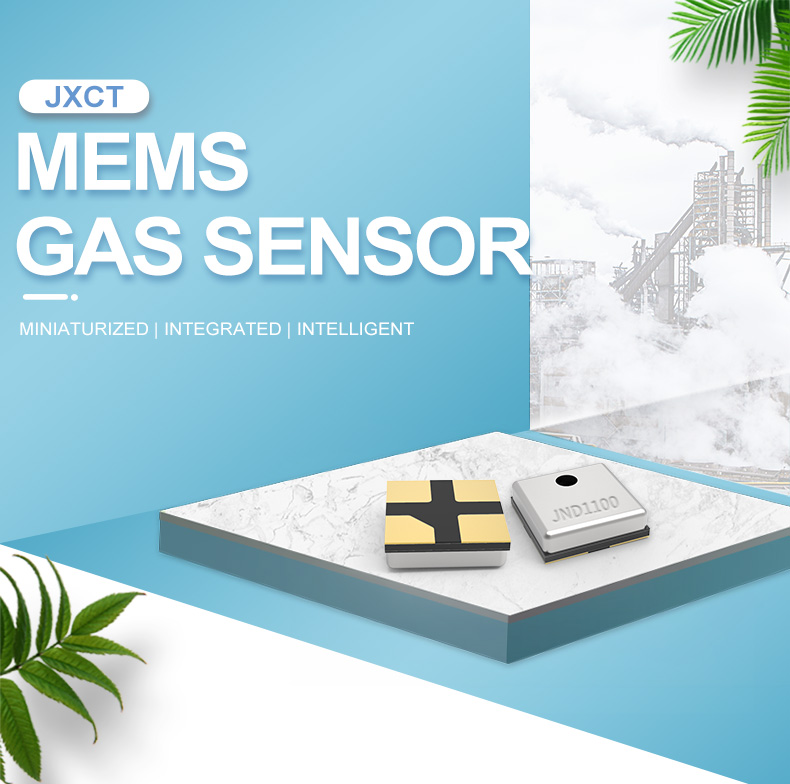Agriculture is a crucial industry that feeds the world's population and powers economic growth in many countries. As agriculture continues to face growing obstacles such as climate change, it is imperative to adopt innovative and sustainable technologies that ensure food security and protect the environment. Among these technologies are gas sensors that aid in crop health monitoring.
Gas sensing technology has traditionally been utilized for environmental monitoring and safety applications; however, its use in crop health monitoring is a relatively new concept. In this article, we will explore how gas sensing technology can revolutionize agriculture through crop health monitoring.
Current State of Crop Health Monitoring Th e current crop health monitoring methods rely mainly on physical observation by farmers. Though the process works, it relies purely on surface appearances and experience. The method hardly uncovers any problems during the early stages of crop development. As a result, fungicides and pesticides application becomes difficult.
e current crop health monitoring methods rely mainly on physical observation by farmers. Though the process works, it relies purely on surface appearances and experience. The method hardly uncovers any problems during the early stages of crop development. As a result, fungicides and pesticides application becomes difficult.
Implementing Gas Sensing Technology Farmers can now implement a more reliable and accurate approach by using gas sensors to detect volatile organic compounds (VOCs) emitted from plants. VOCs are responsible for producing odours found in flowers and fruits. Each plant species produces unique chemical signatures. A gas sensor with the ability to detect these chemical signatures identifies specific diseases that affect crops.
By detecting the presence and concentration of these VOCs straight from the source, the cause of disease or stress in the crops can be determined promptly, and measures taken to rectify them. Gas sensors offer advantages over visual inspection, including earlier detection, faster responses, and accurate field-level monitoring, which eventually leads to better yield.
Applications of Gas Sensors for Crop Health Monitoring
- Early Detection of Plant Diseases Early detection of plant diseases is critical in mitigating potential crop damage. Gas sensors equipped with VOC detection technology can identify diseases like mould, mildew, and other bacterial/fungal contaminations that generate unique chemical signatures. Early detection leads to timely preemptive measures that ensure better yields.
- Yield Optimization Gas sensors can determine the optimal harvest time for crops by measuring the VOC emissions throughout their life cycle. This technology helps in mitigating crop contamination risk by shortening the period insects, and fungi have to damage produce. Farmers can implement targeted treatments based on crop maturity.
- Environmental Protection Gas sensors reduce the risks associated with indiscriminate use of pesticides and other toxic cropping materials. By implementing the use of gas sensors for pest management, farmers significantly reduce the volume of chemicals sprayed on crops. A reduction in the volume of spraying means fewer chemicals are washing off into ground water and surrounding environments; therefore, improving safety measures around cultivated areas.
- Improvement of Crop Quality Gas sensors ensure that farmers produce crops of consistent quality free of diseases and pests. The early detection of diseases ensures that they don't spread, leading to the production of food of higher quality.
Conclusion The food demands of a rapidly growing population pose challenges to the agriculture industry. With an ever-advancing body of science and technology, we must develop innovative solutions that help tackle these challenges. Gas sensors offer a unique opportunity to revolutionize farming by minimizing crop losses, optimizing production, reducing environmental impact, and protecting human health. As the world's demand for food continues to increase, the adoption of gas sensors for crop health monitoring will play a crucial role in meeting sustainable development goals and strengthening food security.
 : +86 155 8830 2704
: +86 155 8830 2704 : jxdziot@gmail.com
: jxdziot@gmail.com
